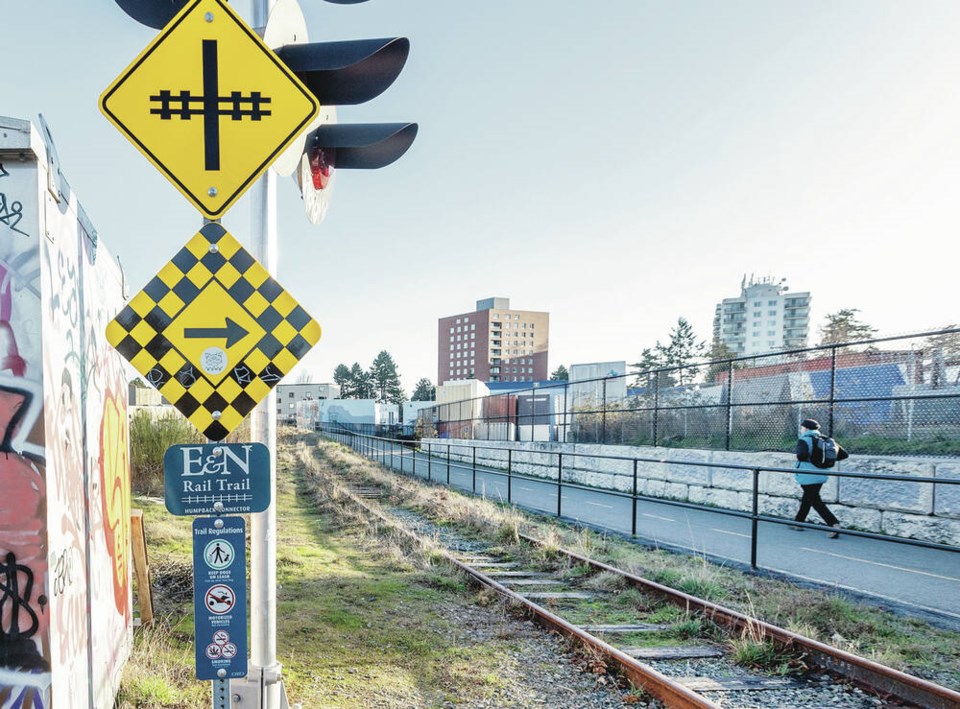The Nanoose First Nation says it will head back to court if the federal government decides not to support reviving Island rail service on the E&N tracks by a March 14 deadline imposed by the B.C. Court of Appeal.
“Our intention is to get that property back into the hands of the Nanoose First Nation as soon as possible,” Coun. Brent Edwards of the Snaw-Naaw-As (Nanoose) First Nation said Thursday.
The First Nation lost the use of 10 acres of its land when an Island rail system was established in the early 1900s. Passenger train service was halted in 2011 because of deterioration of the tracks.
The Island Corridor Foundation, which owns the unused rail line, is calling for a new rail system to serve passengers and freight. The corridor’s ownership is shared by Island regional districts and the 14 First Nations whose territories the corridor crosses.
Five First Nations members on the Island Corridor Foundation — including Edwards — resigned Wednesday after failing to win support for a bid to inform senior governments that the foundation was giving up on its proposal for a rail system.
A provincially led engagement report said there is limited interest among First Nations in restoring rail service. Edwards said First Nations communities have serious concerns about access and safety if a railway service resumes on the corridor, which they fear could hinder social and economic development in their communities.
Edwards argues, however, that the voices of First Nations are not being heard as others, including regional districts and other elected officials, promote resumption of rail service.
If First Nations own half the corridor and say they don’t want rail, “then shouldn’t that be the end of the matter?” he asked.
The Snaw-Naw-As First Nation originally went to court to get the corridor land returned, saying it cuts through their community and prevents development. The band lost at the B.C. Supreme Court level and then went to the B.C. Court of Appeal, which gave the federal government until March 14 to decide if it would fund rail again.
If the federal government does not support rail, that leaves the door open for the band to seek return of the land.
So far, no decision has been made at the federal level, Transport Canada spokesperson Sau Sau Li said in a statement Thursday, adding the federal government will be informed by feedback from the province on the proposal.
“The Government of Canada is actively considering the issues raised in the ruling and is committed to better understanding perspectives across Vancouver Island to inform the path forward, including those of First Nations, regional districts, and other levels of government,” Li said.
B.C. Transportation and Infrastructure Minister Rob Fleming said the province has carried out extensive engagement with First Nations and local governments to fully understand the interest of all those along the corridor.
“We all agree that reconciliation must go hand-in-hand with discussions on [the] future of the corridor,” he said in a statement.
Four Island regional districts have come out strongly in favour of reviving the railway.
Alastair Craighead, chair of Friends of Rails to Trails Vancouver Island, questions whether the rail idea is even still alive. “I’m not sure the federal government is considering it. I don’t know if it is being taken seriously,” he said.
Buses would be a better and more affordable option than a rail system that would require subsidies to operate, he said.
>>> To comment on this article, write a letter to the editor: [email protected]



